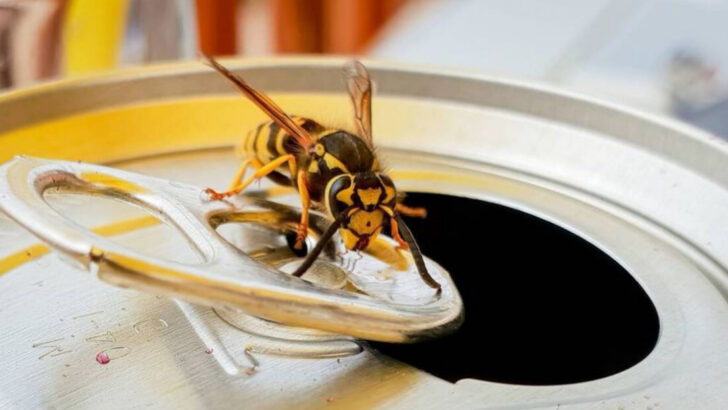Your perfect summer BBQ could be under attack—and not by who you’d expect.
While you’re flipping burgers and sipping lemonade, some tiny uninvited guests are plotting chaos. They buzz. They crawl. They bite. And they’re sneakier than you think.
These aren’t your average ants and flies. We’re talking about bugs that look innocent—almost cute—but pack a punch strong enough to ruin your whole afternoon. Think painful stings, allergic reactions, and surprise invasions of your potato salad.
Before you light the grill, get to know the 16 backyard bugs that can turn your sunny gathering into a swat-fest. Some are hiding in the grass, others cling to the corners of your picnic table, waiting for just the right moment to strike. Don’t let their size fool you—these little party crashers mean business.
Mosquitoes
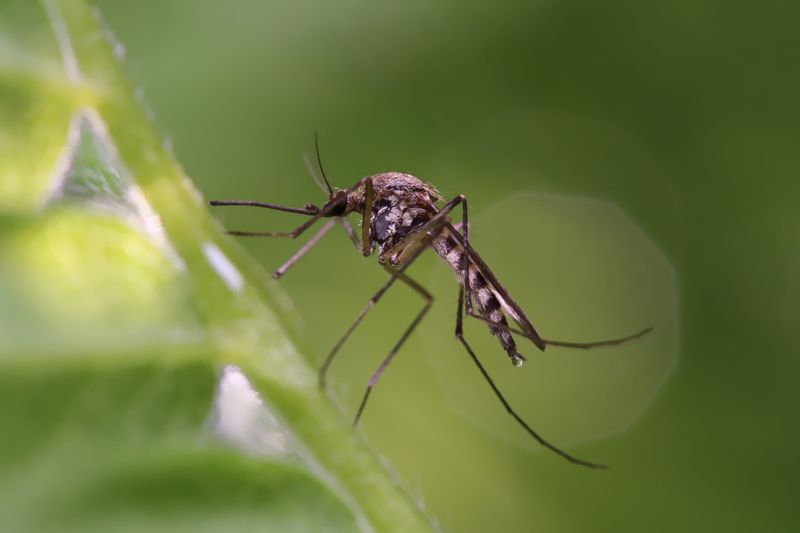
The unmistakable buzz of mosquitoes can send guests running indoors. Known for their itchy bites and potential to transmit diseases, these pests are often most active during dusk and dawn.
Even a small amount of standing water can serve as a breeding ground for mosquitoes, allowing them to multiply quickly. Their presence can turn an enjoyable evening into a frustrating battle with nature.
Consider citronella candles or bug sprays to keep these winged intruders at bay and ensure your BBQ remains bite-free and enjoyable.
Ants
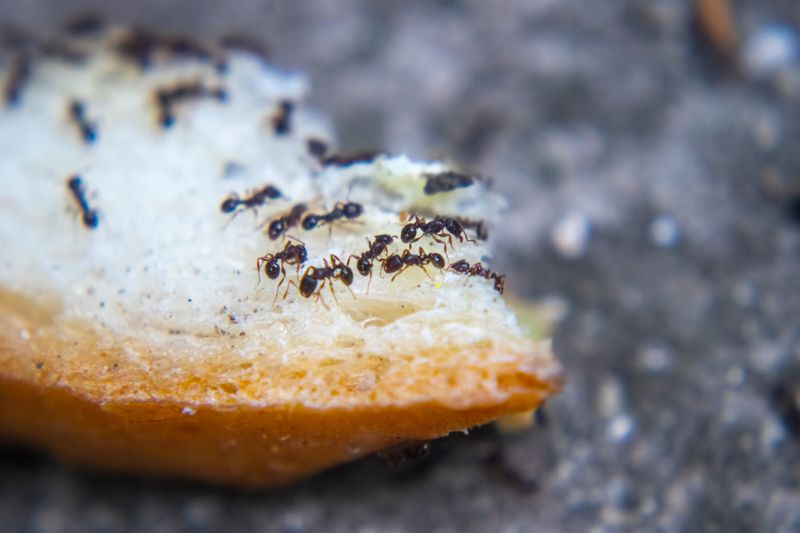
Your BBQ spread is a feast for ants, whose organized lines can march right to your food. Ants are master foragers and can quickly find the tiniest of crumbs.
Once one discovers a food source, expect a whole battalion to follow. While generally harmless, they can spoil the presentation of your picnic.
To avoid their invasion, keep food covered and wipe away spills promptly. Maintaining cleanliness is key to enjoying an ant-free outdoor meal.
Wasps
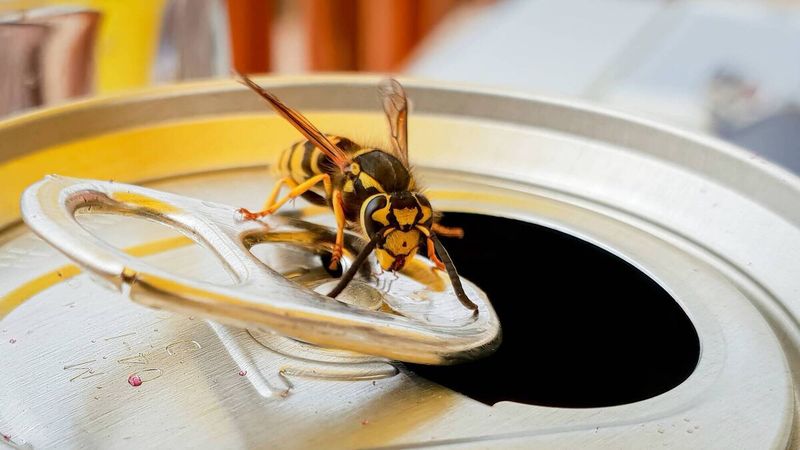
Wasps are the uninvited guests that can cause panic at any outdoor gathering. Known for their aggressive behavior, especially when provoked, wasps are attracted to sweet drinks and food.
Their stings can be painful and even dangerous for those with allergies. Spotting a wasp can lead to a flurry of swats and shrieks.
Keep lids on drinks and cover sweet dishes to minimize their attraction. A calm approach can help avoid confrontations with these buzzing party crashers.
Bees
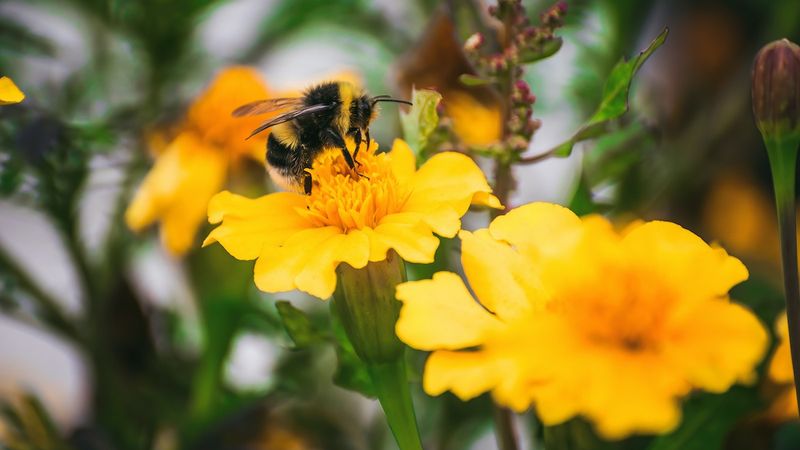
Bees, unlike wasps, are generally more docile but can still cause concern. Their presence is crucial for pollination, yet their stings can deter outdoor enjoyment.
A single bee can send guests into a flurry, especially those with bee allergies. They are attracted to certain flowers and perfumes, adding an unpredictable element to your event.
Being mindful of floral arrangements and scented products can help reduce bee visits. Appreciate their ecological role while maintaining a respectful distance.
Flies
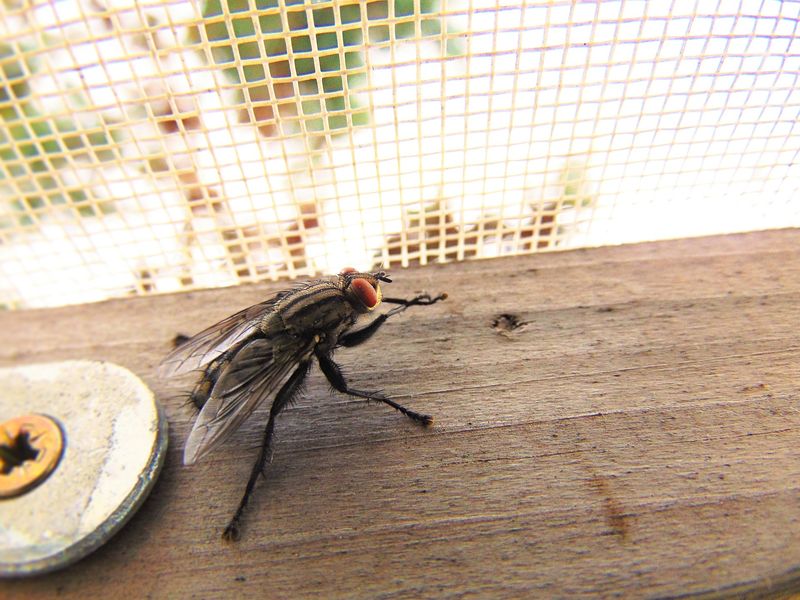
Flies might not sting or bite, but their persistence in hovering over food can be quite irritating. They are known for contaminating food with bacteria they pick up.
These buzzing nuisances are drawn to the aroma of grilled delights and sugary treats. Despite their small size, they can cause a big annoyance.
Using food covers or mesh screens can help keep flies at a distance, ensuring your food remains untouched and your guests unbothered.
Spiders
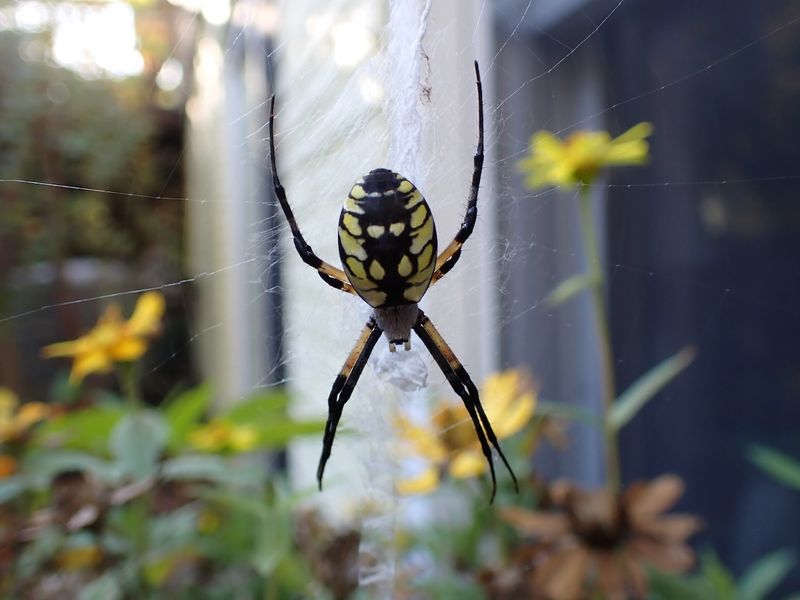
Spiders evoke mixed feelings, especially when encountered unexpectedly. Though they are beneficial by eating other bugs, their webs can be a nuisance.
Spotting a spider can lead to startled reactions from guests. Their presence can be unnerving, despite their generally harmless nature.
Regularly clearing webs and ensuring outdoor areas are tidy can help minimize their presence. Remember, they’re on your side in controlling more bothersome pests.
Ticks
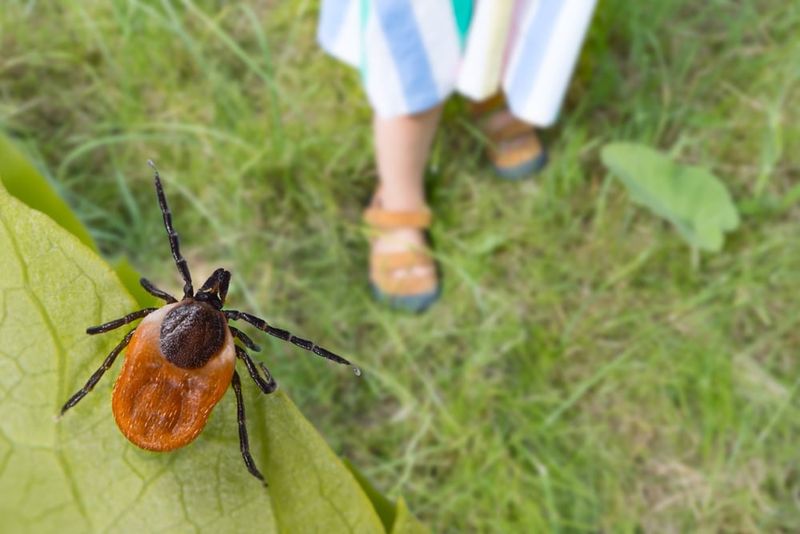
Ticks are a stealthy threat, often going unnoticed until they latch onto a host. Known for spreading Lyme disease, these tiny arachnids can pose a serious health risk.
Lurking in tall grass or wooded areas, they are adept at attaching to skin or clothing. Their presence requires vigilance, especially in areas where ticks are prevalent.
Wearing long sleeves and using repellents can help protect against ticks. Conduct thorough checks after outdoor activities to ensure they’re not hitching a ride home.
Gnats

Gnats are tiny but can be incredibly pesky, often flying into eyes and drinks. These minuscule insects are drawn to moisture and light, frequently swarming in large numbers.
Their persistence can disrupt conversations and create an uncomfortable atmosphere. Despite their size, they can be a significant annoyance.
Consider using fans to keep gnats at bay, as their lightweight bodies struggle against wind. This simple solution can ensure a more pleasant outdoor gathering.
Hornets
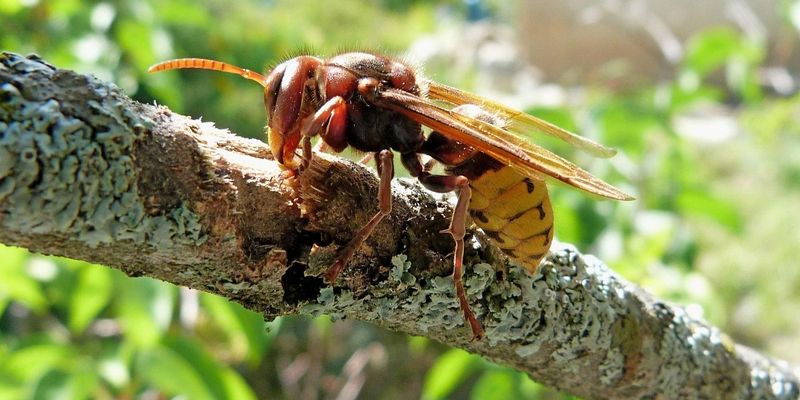
With their intimidating size and potential for painful stings, hornets can be quite the menace at a BBQ. These aggressive insects can become defensive when threatened.
Hornets are attracted to sugary foods and drinks, making them frequent uninvited guests. Their presence can send a shiver down the spines of even the bravest guests.
Maintaining a clean area and disposing of waste quickly can help deter hornets. Watchful eyes and calm, collected actions are key to managing these daunting intruders.
Moths
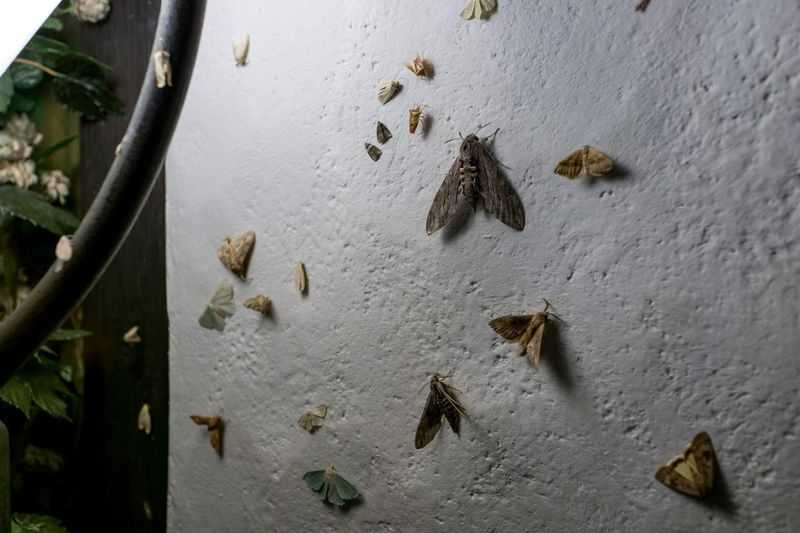
Moths may seem harmless, but their attraction to lights can disrupt the ambiance of your BBQ. Their fluttering can be a distraction, especially when they gather in large numbers.
While not harmful, they can be an unwelcome distraction, especially if they land on food or people. Their presence is more of a nuisance than a threat.
Opt for yellow light bulbs, which are less attractive to moths, or keep lights dimmed to reduce their numbers. This can help keep the focus on the festivities rather than the fluttering guests.
Fleas
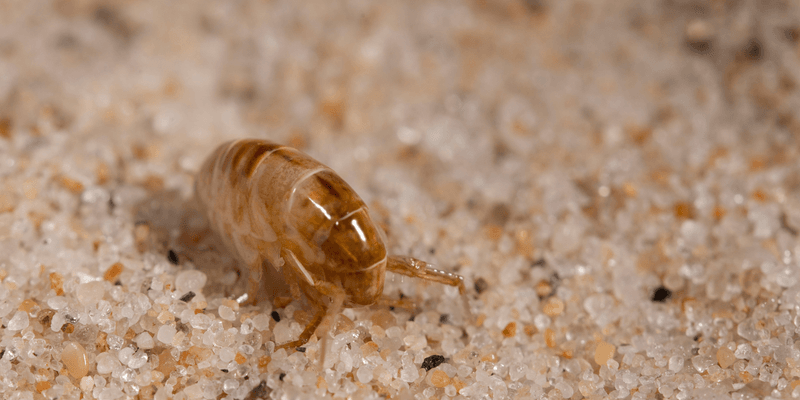
Fleas are not just a concern for pets; they can jump onto humans as well. Known for their itchy bites, these small pests can multiply rapidly.
Fleas thrive in warm outdoor environments, making them a potential problem during BBQ season. Their bites can lead to excessive scratching and discomfort.
Ensure pets are treated with flea preventatives and check them regularly, especially after spending time outdoors. Keeping the yard clean and mowed can help reduce flea populations.
Chiggers
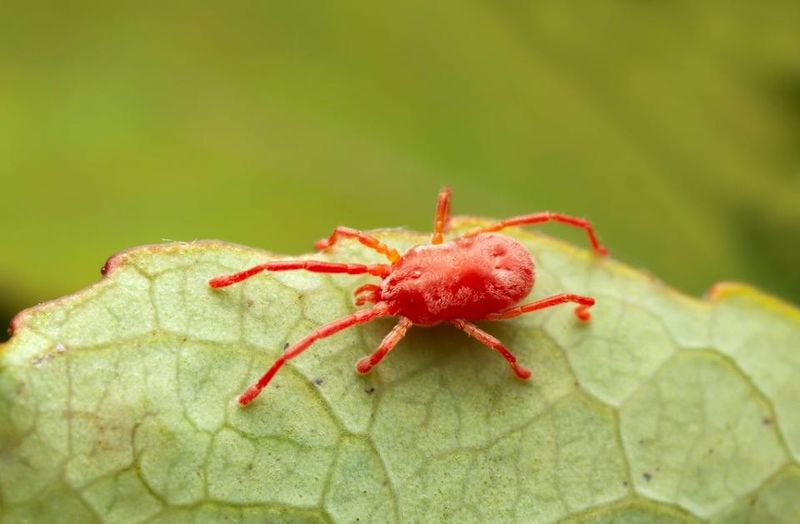
Chiggers are nearly invisible to the naked eye but can cause severe itching and skin irritation. These larvae of mites are found in grass and low-lying vegetation, waiting for a host to pass by.
Their bites can lead to red, itchy welts that can be extremely uncomfortable and distracting. Chiggers are most active in the warm months.
To prevent chigger bites, wear long clothing and use insect repellent when spending time in grassy areas. Regular mowing and trimming of vegetation can also help keep them at bay.
Crickets
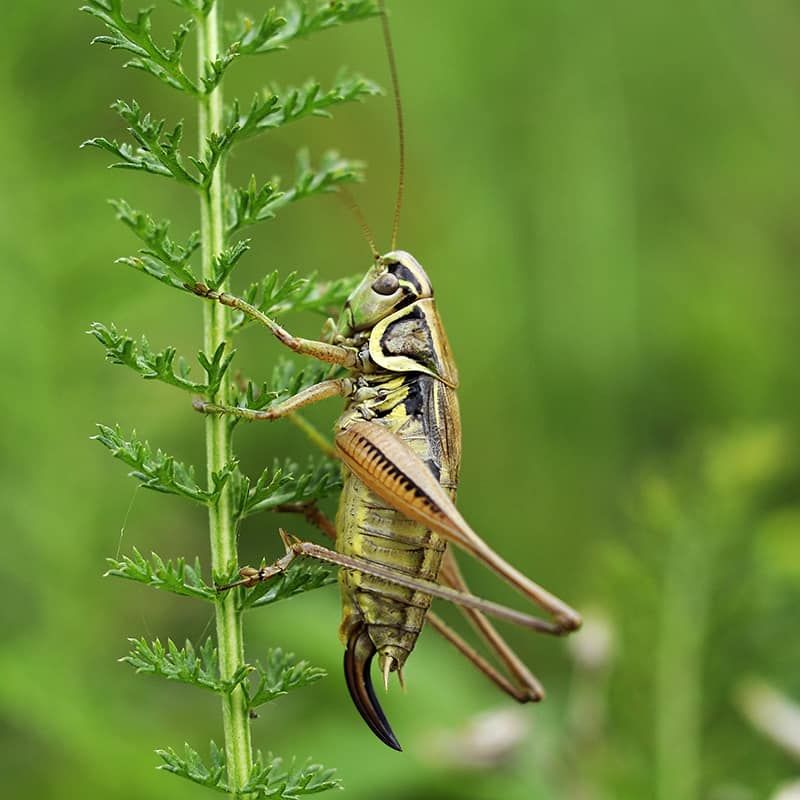
Crickets are known for their distinctive chirping, which can be charming or irritating, depending on the setting. Their nocturnal nature often brings them out during evening BBQs.
While generally harmless, they can become a nuisance if they overpopulate an area. Their chirps can drown out conversations and music.
Keeping the area free from debris and using natural predators like lizards can help control cricket populations. This ensures they add to the ambiance rather than detract from it.
Cicadas
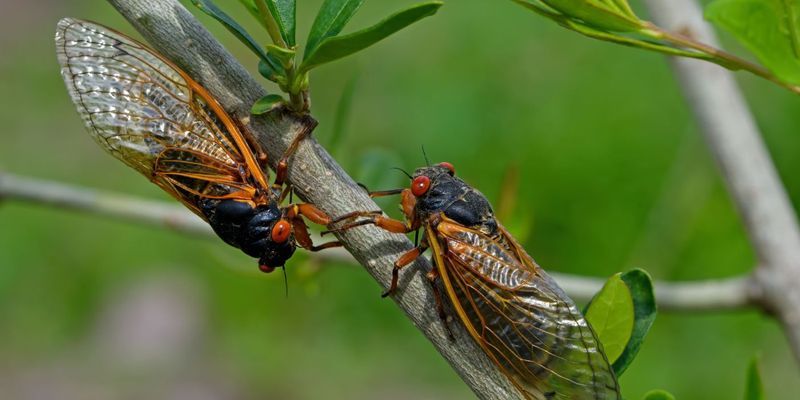
Cicadas are famous for their loud, buzzing calls that can be deafening during peak season. While they don’t bite or sting, their noise can be overwhelming.
Emerging in large numbers, cicadas can dominate the soundscape of a summer BBQ. Their sudden presence can be startling to guests unfamiliar with their life cycle.
Creating a space with fewer trees and using sound barriers can help reduce their impact. Embrace their unique role in the ecosystem while managing their auditory assault.
Ladybugs
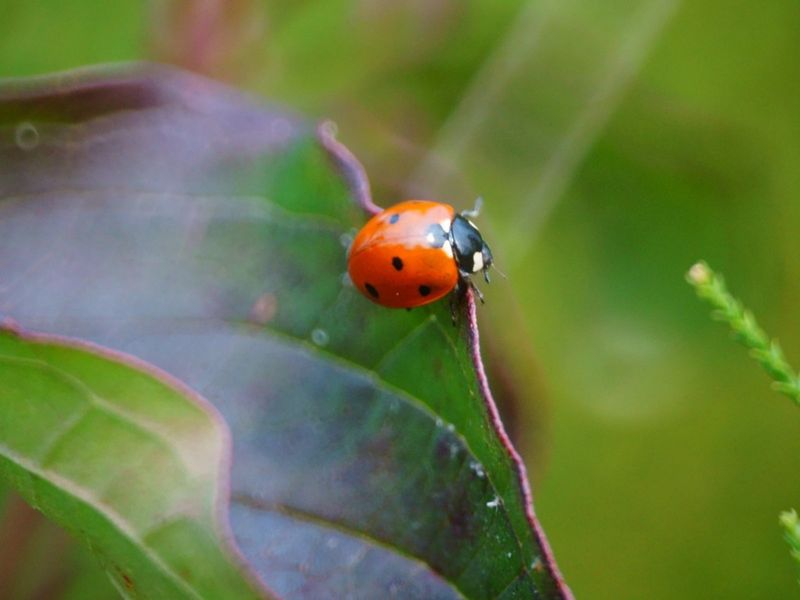
Ladybugs are often seen as cute and harmless, yet their swarming behavior can be unsettling. Known for their beneficial role in controlling aphids, they can sometimes gather in large numbers.
Their presence is usually a sign of a healthy garden, but their sheer number can be off-putting. Ladybugs seeking warmth may invade outdoor events.
Encouraging natural predators like birds can help keep their populations in check. Admire these colorful beetles while keeping them from becoming overwhelming guests.
Earwigs
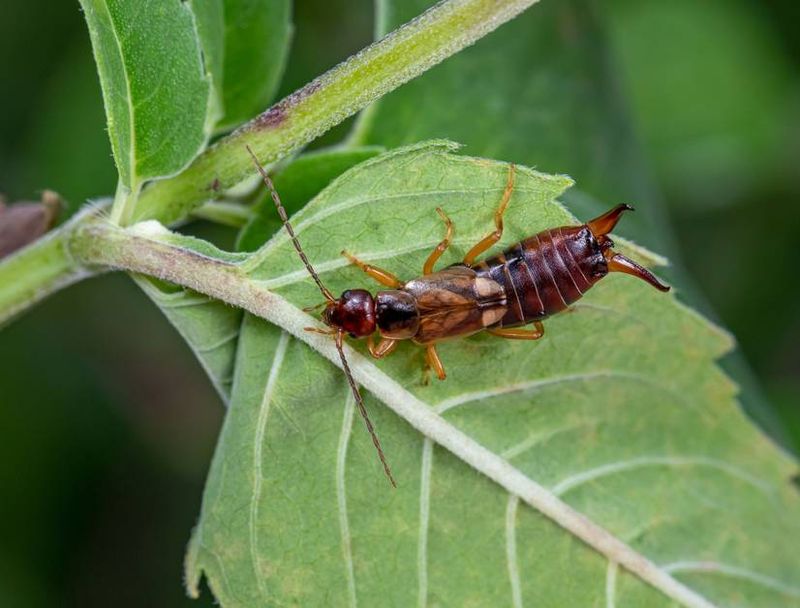
Earwigs may look intimidating with their pincers, but they are generally harmless to humans. Their tendency to hide in dark, damp spaces can lead to unexpected encounters during a BBQ.
While they don’t pose a threat, their appearance can be unsettling for some guests. Earwigs are attracted to lights and moisture, often emerging at night.
Keeping areas dry and using traps can help manage their presence. By understanding their habits, you can prevent them from dampening the mood of your outdoor gathering.

